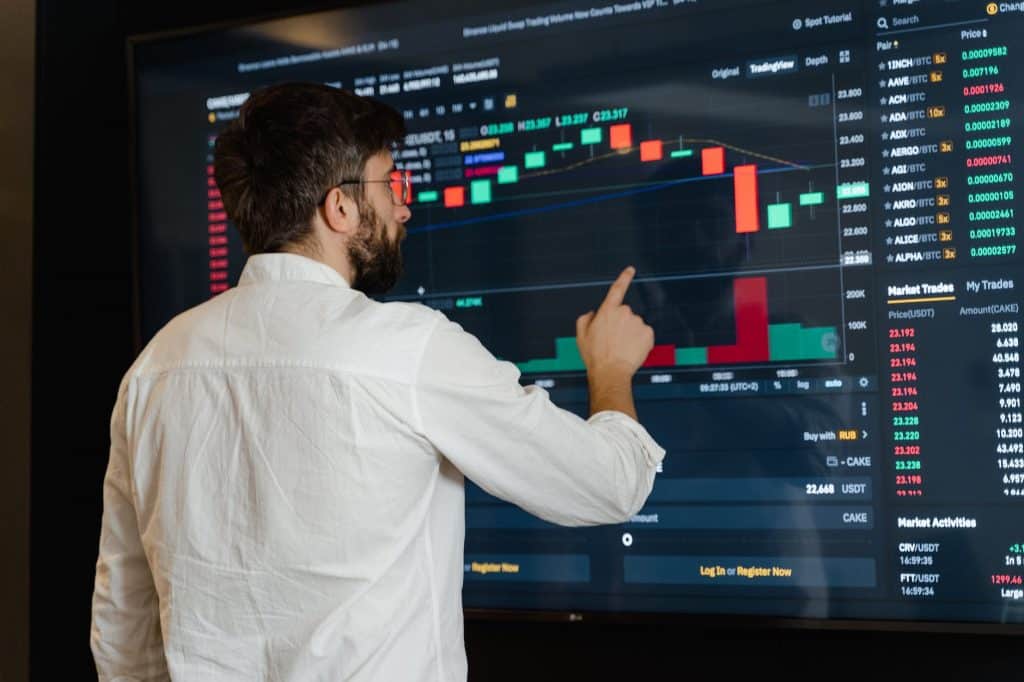Predicting Market Tops and Bottoms in Trading

Trading involves a high degree of uncertainty, risk, and speculation. One of the most challenging tasks for traders is predicting market tops and bottoms. This speculative activity holds the allure of significant profit if one can correctly anticipate when prices will rise and fall. However, it’s an uphill task marked by a high degree of unpredictability. Here’s a detailed exploration of why it’s so difficult to forecast market tops and bottoms.
1. Market Influences are Multifaceted and Unpredictable
Financial markets are influenced by an array of factors, and these elements can shift rapidly. Economic indicators, geopolitical events, natural disasters– these are all events that can cause markets to change direction without warning. Furthermore, markets are also influenced by investor sentiment, which can be fickle and influenced by psychological factors. The multiplicity and unpredictability of these factors make forecasting market tops and bottoms a significant challenge.
2. The Role of Hindsight Bias
Hindsight bias, also known as the ‘knew-it-all-along effect’, gives a false sense of predictability about an event after it has happened. When a market reaches its top or bottom, it’s easy to look back and pinpoint the signs, reinforcing the belief that these events are predictable. However, while these signals may seem obvious in retrospect, identifying them in real-time amidst thousands of other market signals is nearly impossible.
3. The Efficient Market Hypothesis (EMH)
The Efficient Market Hypothesis posits that at any given time, stock prices fully reflect all available information, making it impossible to consistently achieve higher-than-average returns. If EMH holds true, then predicting market tops and bottoms becomes a futile exercise because these points would only be identifiable after they have occurred.
4. The Random Walk Theory
Another theory that complicates the prediction of market tops and bottoms is the Random Walk Theory. This hypothesis suggests that stock price changes are random and unpredictable. This means that past movement or trends cannot be used to predict future movement, again complicating efforts to forecast tops and bottoms.
5. The Role of Algorithms and High-Frequency Trading
Modern financial markets are increasingly dominated by algorithmic and high-frequency trading. These computer programs execute trades at a speed and frequency that is impossible for human traders to match. The presence of these programs adds another layer of complexity and speed to the market, making it even more challenging to predict market tops and bottoms accurately.
While predicting market tops and bottoms holds an undeniable appeal, the reality is that it’s a complex and highly challenging task. The unpredictable nature of market influences, the potential biases of traders, and the theories of market behavior all contribute to making accurate predictions incredibly difficult. Instead of trying to time the market, traders may find more success by focusing on sound investment strategies that align with their risk tolerance and financial goals.

